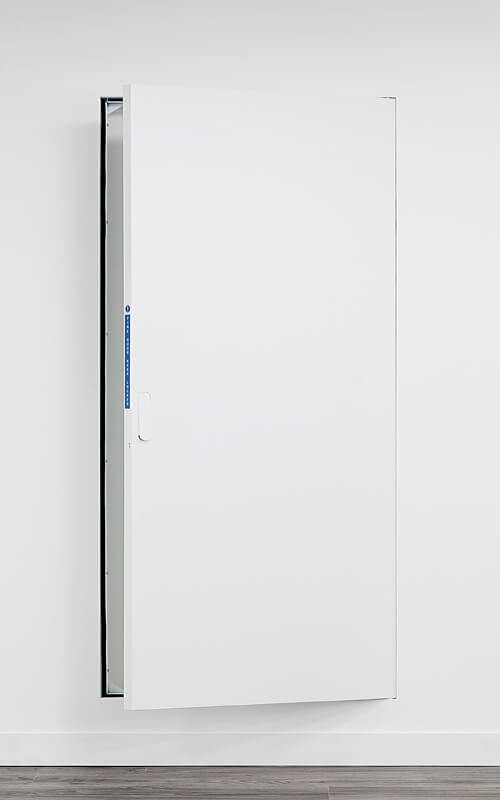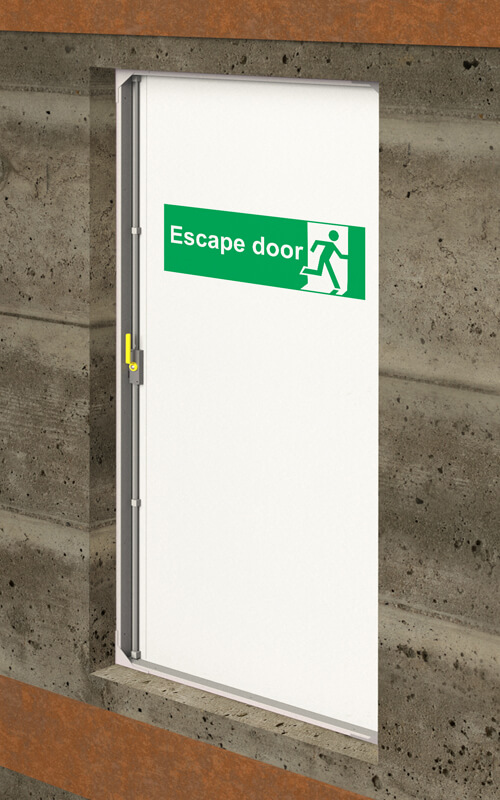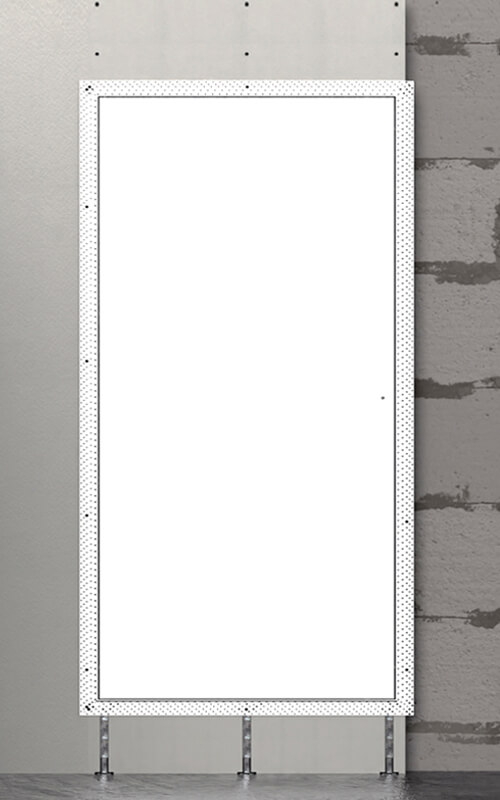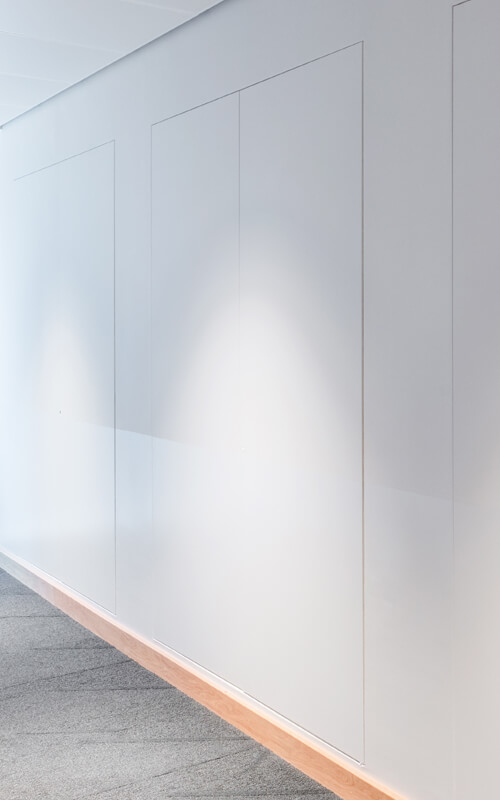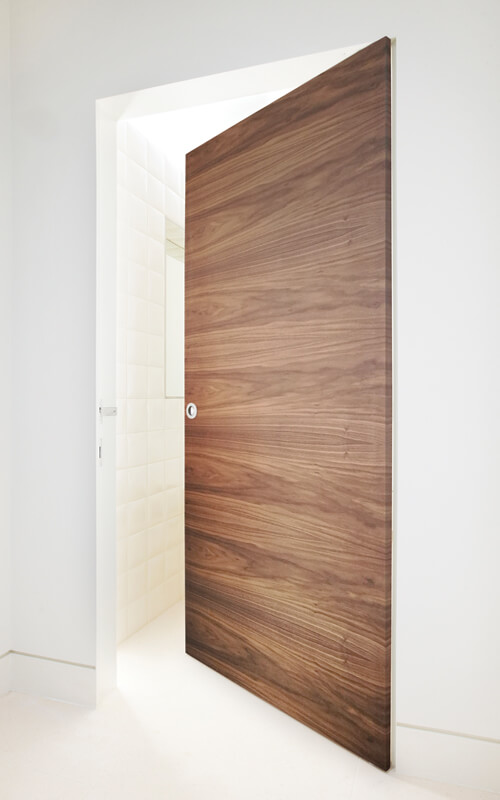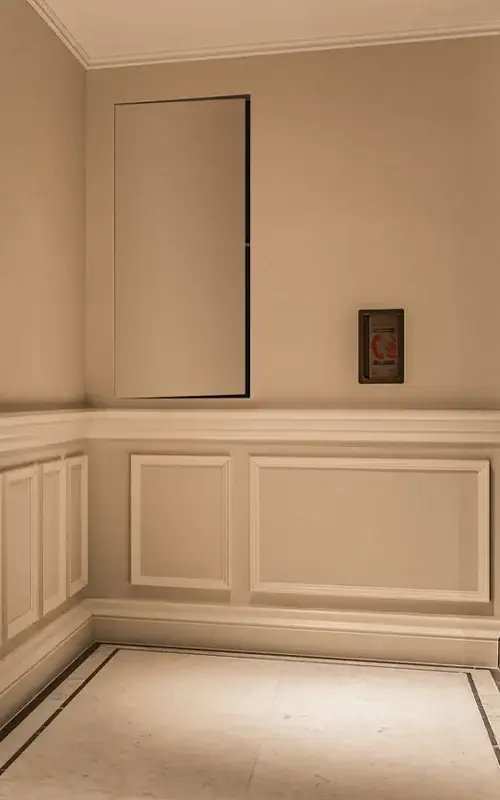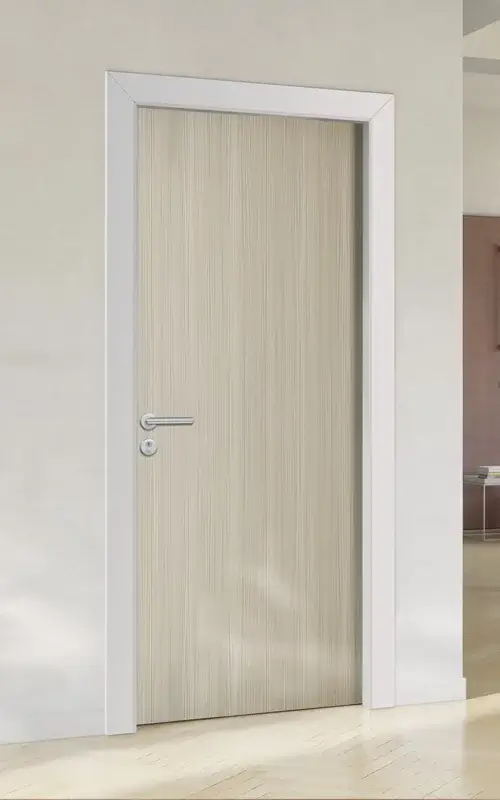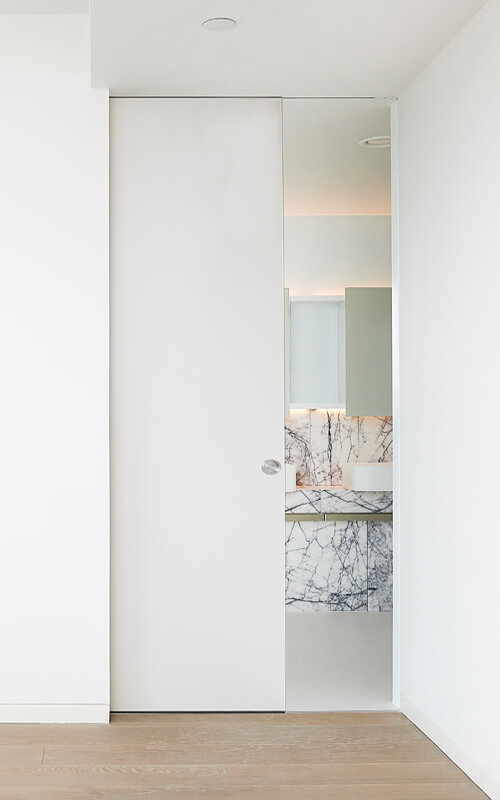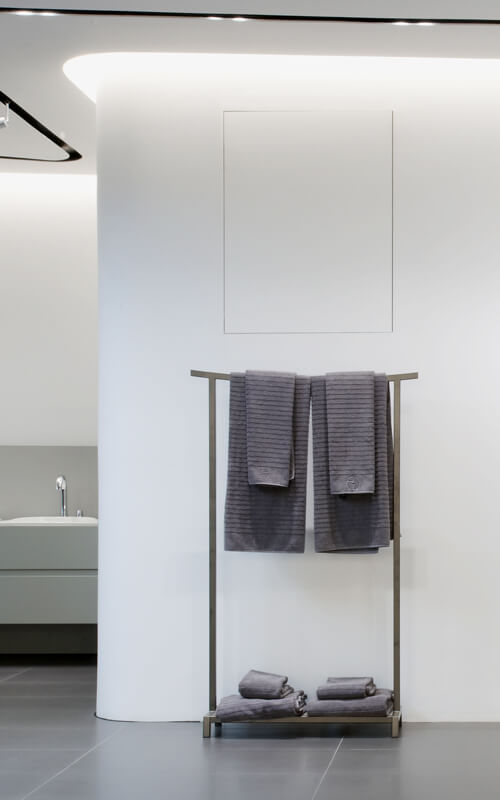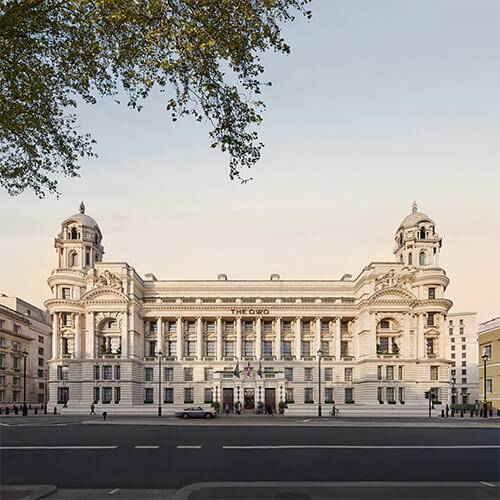
10 Downing Street is one of the most famous addresses in the world, and its shiny black Georgian door is one of the most recognisable symbols of political power. Numerous icons in British history have passed through the door over the past 275 years, including William Pitt the Younger, The Duke of Wellington, Sir Winston Churchill and Margaret Thatcher.
So what's the story behind Britain's most famous door?
Sign of the times

The greatest change in the history of the door came in 1991, however, following a mortar attack on 10 Downing Street by the IRA. The famous black oak door, which dated back to 1735, was deemed insufficiently secure in the aftermath of the attack and was replaced with a bullet proof facsimile with a solid letter box. “At that point they realised a solid wooden door just wasn’t strong enough and replaced it with a metal-backed version,” said Cressida Finch, exhibitions manager of the Cabinet War Rooms, where the original door can be seen in the Churchill Museum.
We’ve all seen the door at 10 Downing Street numerous times – on the news and maybe even in person – but have you ever noticed that it has no handle? As one of the most heavily guarded buildings in the country, the door cannot be opened from the outside, and can only be opened from the inside by a guard on duty. Also, while the big iron door-knocker still functions, the doorbell does not. Anthony Seldon, author of 10 Downing Street: The Illustrated History, says that “the door just opens. They’ve got someone watching on a screen inside so they can see what’s happening and when to open the door.”
Upkeep and door maintenance for Number 10
Today, there is no definitive Downing Street door. In fact, there are actually two doors which are rotated every six months. The outgoing door is sent for a retouch and repaint before it is reinstalled at No. 10, which explains why it always looks so perfectly shiny. This often takes place during the summer recess, when the Prime Minister is on holiday, and the door is temporarily out of the spotlight.
The Downing Street Door holds one other secret: the ‘0’ on the door number is actually the letter ‘O’. Apparently, the Ministry of Works in charge of such things had run clean out of ‘0’s’ and had to improvise. Who knew!?


